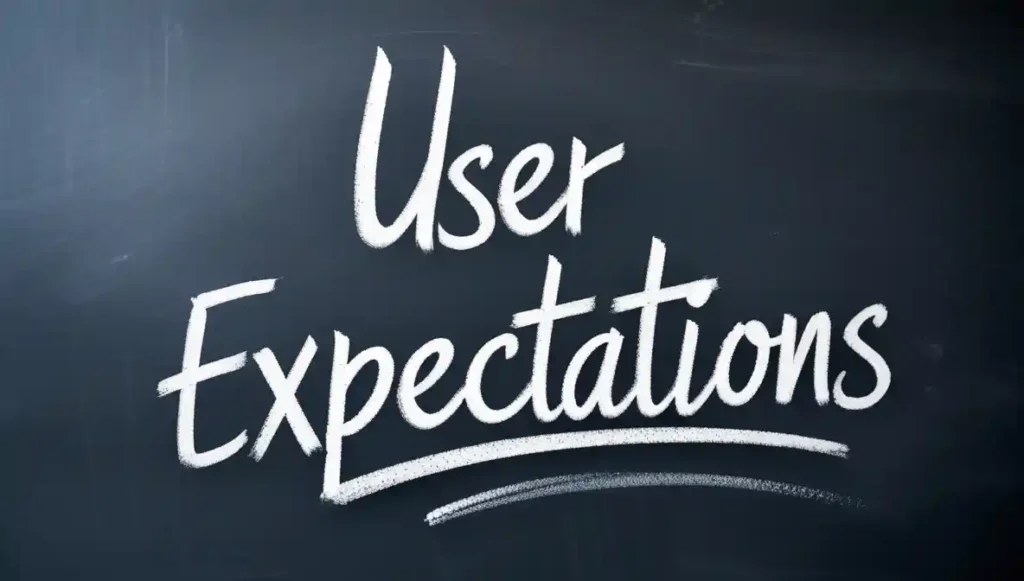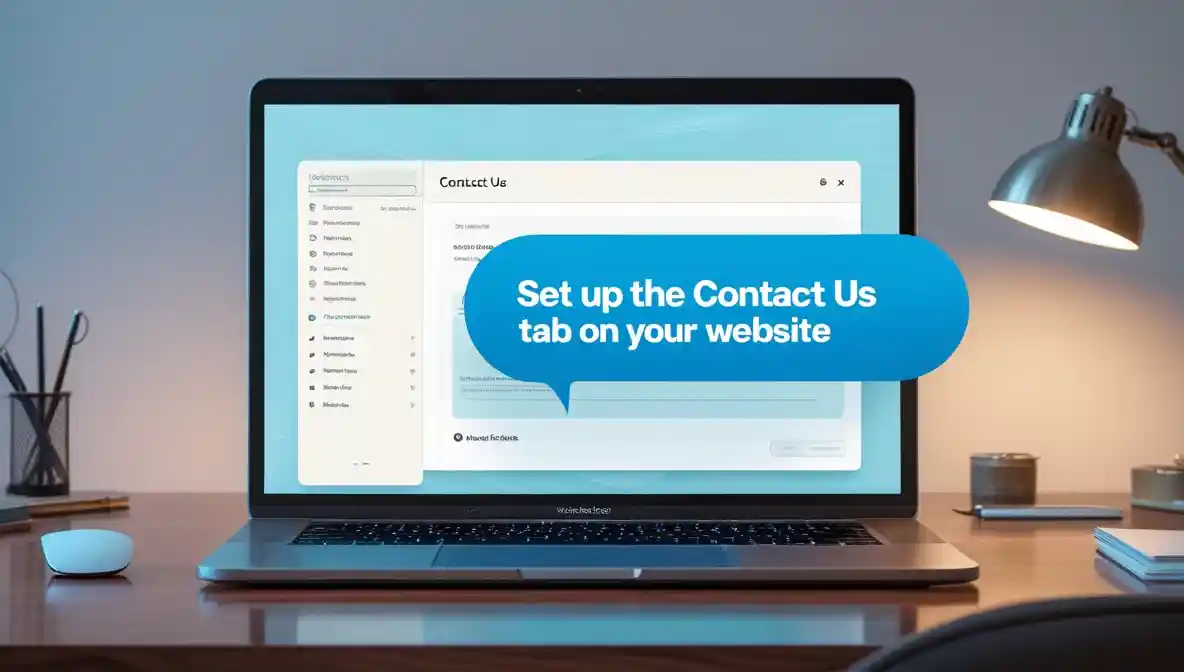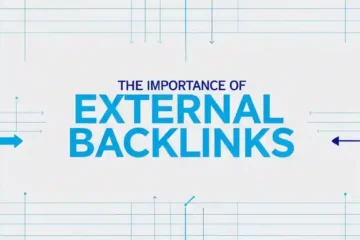The About Us page must not be nested under the Contact tab. These are two different pages.
Your story — told on the About Us page. And it has your mission, vision, and values. It gives visitors a sense of who you are. But the Contact page is for communication. It includes contact information. Blending the two types can confuse users.

They might have a hard time getting to the information they need. In this post, we’ll cover why separate Login pages and Registration pages are beneficial. We’ll break down what each page does differently to contribute to your website’s success. This guide will walk you through making the right choice for your site. Read on to better understand how to organize your website.
User Experience
User experience is everything when it comes to designing a website. Site visitors need to be able to find it quickly and easily. A good navigation can be all the difference.
Navigation Simplicity
It’s all about simplicity in navigation. If users cannot find the ‘About Us’ page, they may leave. Consider your experience on a website. If you have to scroll through menus, it is frustrating.
The About Us tab might seem to fit under the Contact tab. But it can baffle users. They look for an ‘About Us’ option in a main menu.
Consider the common layout. The vast majority of websites have an ‘About Us’ as their biggest link. Une scrapping in size to user expectations and navigation are made easy.
Accessibility
Another important consideration is accessibility. Complex navigation may pose challenges to users with disabilities. Putting the ‘About Us’ easily helps everybody.
A good example of this is that screen readers navigate through main tabs first. This “About Us” link could get lost under “Contact”; then you could miss it. This affects the inclusivity of your site.

Furthermore, an easy-to-use navigation is beneficial for your site’s SEO. Search engines like sites with fuzzy navigation. This also means better rankings and more visibility for you.
Consider the time when you had difficulty in locating the information on a website? It’s annoying, right? Make sure your users won’t have to deal with the same problem by keeping the navigation straightforward, and easy to reach.
Seo Considerations
When you were designing your website, you may have been thinking whether the section ‘About Us’ should be placed under ‘Contact’ tab. This decision is also massive from an SEO point of view. Here are a few important SEO best practices to know.
Impact On Search Rankings
Also, the structure of the website determines how search engines will rank your pages. For instance, if you insert ‘About Us’ under the ‘Contact’ tab, search engines may be confused. They might not comprehend why your content matters at all.
This can cause rankings to drop in result pages. Your website should be organized in a clear hierarchy that makes sense from a content perspective as this is what search engines prefer. Creating individual tabs for each section optimizes your site and aids search engines in accurately indexing your site.
Consider how users move through your site. If you have difficulty finding ‘About Us’, they may leave your site in seconds. Research shows that higher bounce rates directly affect your rankings.
Keyword Placement
Keywords are crucial for SEO. Your ‘About Us’ page should have good search ranking for any terms that relate to your brand and mission. If it’s buried under Legion, it may disappear.
Think about where users would expect to see information on your company. It is much easier to optimize for keywords when ‘About Us’ is in its own tab. That can boost your general SEO effectiveness for your site.

If you manage to publish an ‘About Us’ section, sprinkle relevant keywords naturally throughout the content. Include terms such as “artisan bread” or “local bakery” if you own a bakery in your area to bring in relevant visitors.
Ever had a company story buried so deep that you had to dig? Imagine how your users feel. Make it easy for them, and search engines will reward you.
Brand Identity
For any business, it’s important to create a powerful brand identity. It differentiates you from the competition and contributes to trust and trustworthiness with your audience. But how do you make sure that every single aspect of your website is in line with your brand identity?
About Us Importance
Being one of the most important elements of your brand identity, the About Us page is the social story of your business. It describes your story with the focus on your values. Visitors learn the person behind the name on this page.
Just imagine it: when was the last time visited some brand homepage and feel connected? It’s the story and the mission that most of the time leaves a lasting impression. Personal stories or experiences – anything that gives your brand a more relatable tone.
For example, talking about how you started your business is relatable to many potential customers. (Tell them) they will appreciate the passion and effort included in the brand, which is more trustworthy. That bond may inspire customer loyalty that lasts for years.
Contact Page Role
The Contact page is meant for something else. It’s a working page intended to keep conversations flowing. This should be simple and user-friendly.
Now, I get the urge to make your site more efficient – the About Us should probably fit under the Contact tab after all, right? Is it intuitive for your visitors? Generally, the About Us page is separate and focuses on storytelling, not just contact details.

Consider your own experiences of browsing websites. For company info, you probably look for an About Us link. If it’s hidden away under the Contact page, it can be maddening. Your visitors may feel the same way, which can impact how they perceive your brand.
So, what should you do? Remember your brand identity. Make it simple for visitors to discover about you and contact you. Have About Us and Contact pages separately.
Your brand identity is found in every detail, from your website architecture. Focus on simplicity and design to hold better positions on the minds of your audience.
Credit: www. brookings. k12. or. us
Design Principles
However, putting the ‘About Us’ page under a ‘Contact’ tab is enough to confuse a user. That can impede discovering vital company information at the drop of a hat. A user-friendly website must have clear navigation.
My training data goes up until October 2023 User experience can depend very much on layout and structure. Good designmakes it easy for visitors to navigate around your site, increasing the chances that they will spend time on it and come back to it. That leads us to two really important concepts: Visual Hierarchy and Page Layout.
Visual Hierarchy
Visual hierarchy is the arrangement of elements to show their importance. Consider: When you arrive on a webpage, your eyes gravitate toward the most noticeable elements first. If ‘About Us’ is hidden under the ‘Contact’ tab, it may get lost.” How To Find Us (Users typically seek for ‘About us’ in the main navigation or footer.) If you move it, they may get confused and bounce away from you. Think about the size, color, and placement of each element. The proximity helps to create balance, like you could put ‘Contact’ and ‘About Us’ side by side. You can use contrasting colors to make them stand out.
Page Layout
Page Layout: where we map out content to make perfect sense A messy page scares visitors away. An easy-to-use and clean layout will keep them hooked. Your site is a story, in a way. In this way, one section must lead seamlessly into the next. If ‘About Us’ is in ‘Contact,’ ensure that the transition is family. Use simple and clear headings and subheadings. For example: Home » About Us » Contact This sequence feels natural, allowing users to follow a logical path.

As yourself: Does this layout make sense? Does it make the user experience better? By structuring your page around the visual hierarchy they seek, your visitors will not question why you placed your ‘About Us’ link under the ‘Contact’ tab. But design is more than just about how something looks, it is also about how easy it is to use. Consider how you will make your site intuitive and interesting for users.
Content Strategy
Having a clear content strategy is important. It decides where information needs to be placed. This is somewhat like deciding if the About Us page should be categorized under the Contact tab
Information Clarity
It is crucial to ensure that information is clear. Users should be able to find what they need quickly. Having the About Us page underneath the Contact tab can confuse users. You might expect to find contact information there. And they may not search for company information in the same place.
Maintaining trust through information clarity With clear navigation with good use of relevant keywords, you can offer a good user experience and stick to them. Pages that are not easily findable frustrate users.
User Expectations
It is essential to know what users expect. Most users expect the About Us page to have its own space. ¶ They want it to learn about the company. If it is within the Contact tab, they may not see it.

Better meeting user expectations leads to greater satisfaction. It plays a role in keeping visitors. Make sure you are adhering to these standards to increase the level of interaction on your website.
Credit: www.facebook.com
Examples
The placement of the “About Us” section is essential when considering website navigation. The majority of the websites group “About Us” under the “Contact” tab. Here are illustrations to clarify how this works:
Successful Integrations
While there are businesses doing a good job of tucking “About Us” under ”Contact”, This can also help streamline the navigation. If you are a user and searching for company information, you will find all the details in one place.
For example, a bakery might include their history and team under “Contact”. Visitors can find contact information and read about the bakery’s story. This gives a coherent experience. Typology: This breakdown is a tech startup. Instead of doing something like putting their mission, vision, team, etc. under “Contact” This makes the user journey much shorter.
Common Pitfalls
But there are pitfalls to avoid. Users can find it confusing to see “About Us” intermingle with “Contact.” There, they may only expect contact information. This results in higher bounce rates as they leave your site due to confusion. An apparel company could get a lot less traffic if users cannot easily find information.
Another issue is clutter. Users get overwhelmed with information under one tab. It could be a challenge for a nonprofit organization. Her visitors might want to read certain sections quickly. If it’s all under “Contact” they may click themselves off the site.
Credit: community.altair.com
Frequently Asked Questions
How Do I Contact The Tab?
To open the tab, tap the tab icon at the top of your screen. Keyboard shortcuts are another option.
What Are Tabs In A Website?
Website tabs are clickables sections. Which is essential for sorting the content effectively and helping users navigate. Tabs provide better experience & cleaner interface.
Can About Us Be Under the Contact Tab?
Yup, About Us could be included in the Contact tab. It can improve the navigation and user experience of your site.
Is About Us Under Contact Common?
The technique is rare but effective. This positioning can ease information retrieval for visitors.
Conclusion
Having the About Us page under the Contact tab is a matter of debate. It could confuse visitors looking for company details. Make menus straightforward and easy to find. Visitors like it when an About Us page is easy to find. It also helps establish trust and credibility. Therefore, you can keep them separate to bring a better user experience.
This will help boost engagement. Always a hundred percent put user needs and clarity first.




